Deep within the ancient forests of Australia resides a master of sound unlike any other in the animal kingdom. The lyrebird, with its extraordinary vocal capabilities, has long captivated scientists, nature enthusiasts, and casual observers alike. These remarkable creatures can reproduce virtually any sound they hear with astonishing accuracy—from the calls of other birds to the mechanical noises of human civilization. Their mimicry abilities are so exceptional that many who witness them for the first time find themselves questioning whether what they’re experiencing could possibly be real. In this exploration of one of nature’s most talented vocal performers, we’ll delve into the fascinating world of lyrebird mimicry and discover why these birds might indeed possess the most impressive sound replication abilities you’ve ever encountered.
The Extraordinary Vocal Anatomy of Lyrebirds
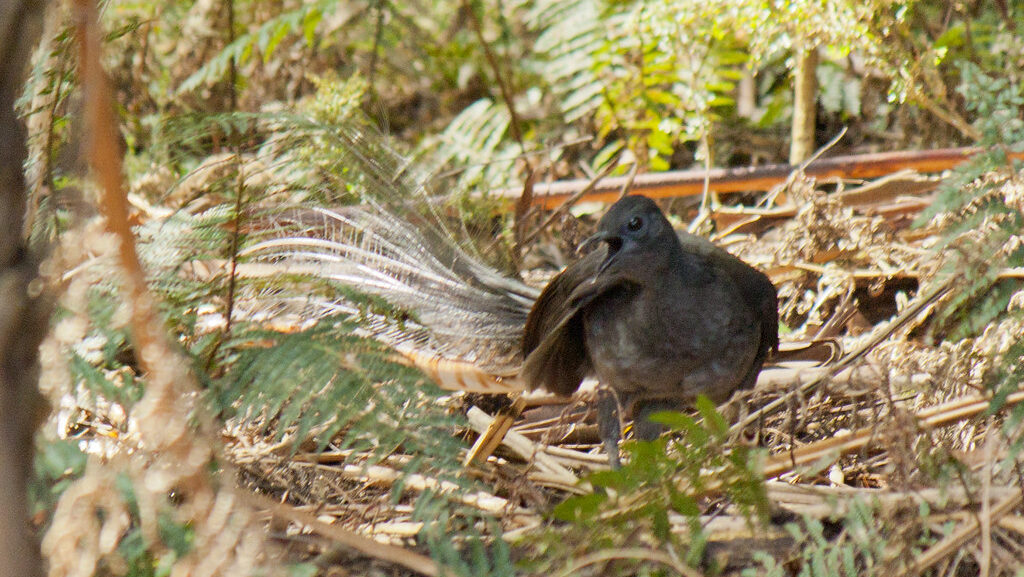
Lyrebirds possess one of the most complex vocal organs found in any bird species. Their syrinx—the avian equivalent of a larynx—contains specialized muscles that allow for unprecedented control over sound production. Unlike humans who produce sound using a single voice box, lyrebirds effectively have two independent sound-producing structures that can operate simultaneously. This dual-voice capability enables them to recreate complex, multi-layered sounds with remarkable precision. Additionally, lyrebirds have an expanded range of frequencies they can produce, covering nearly the entire spectrum of sounds in their environment. Their vocal anatomy represents an evolutionary marvel that has developed over millions of years, resulting in what many ornithologists consider the most sophisticated sound-producing mechanism in the animal kingdom.
The Two Species: Albert’s and Superb Lyrebirds
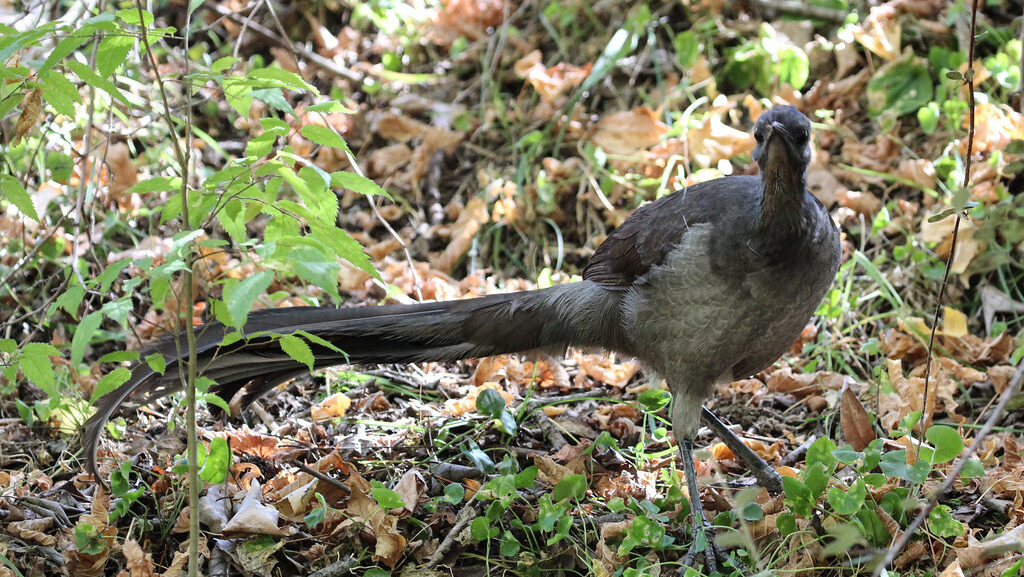
Australia is home to two distinct species of lyrebirds, each with their own impressive mimicry talents. The more common Superb Lyrebird (Menura novaehollandiae) inhabits the forests of southeastern Australia and is known for its spectacular tail feathers and wide vocal repertoire. The rarer Albert’s Lyrebird (Menura alberti) is found only in a small region of rainforest near the Queensland-New South Wales border and typically has a somewhat more limited vocal range, though still extraordinary by any standard. Both species are ground-dwelling birds that prefer dense forest undergrowth, where their brown plumage provides excellent camouflage against predators. While the Superb Lyrebird generally receives more attention for its mimicry abilities, both species demonstrate the remarkable vocal flexibility that has made lyrebirds famous worldwide.
The Astonishing Range of Sounds They Can Mimic
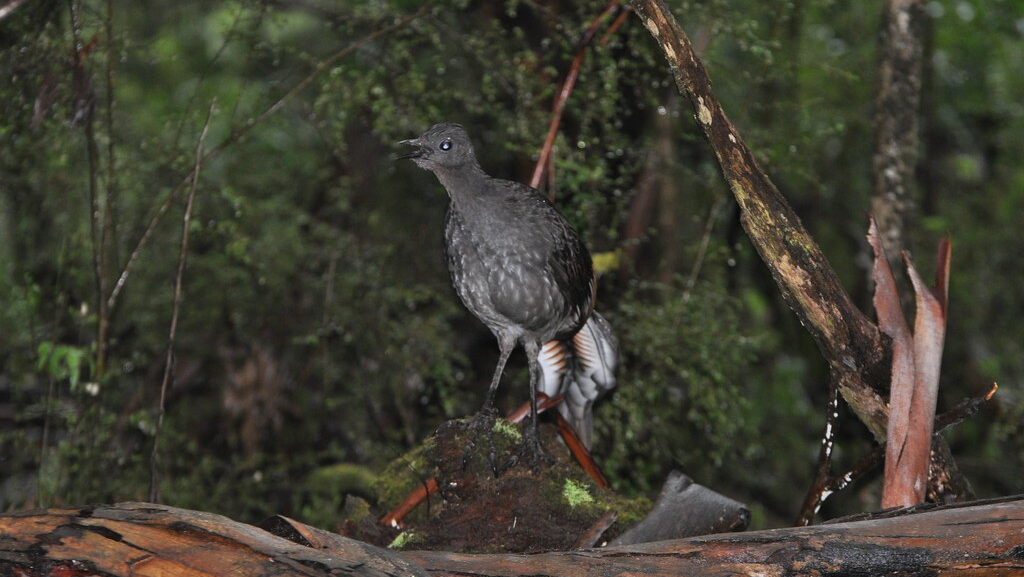
The diversity of sounds a lyrebird can reproduce defies imagination, spanning both natural and artificial sound sources. They flawlessly imitate the calls of dozens of other bird species, from the laughing kookaburra to the piercing cry of the black cockatoo, often in rapid succession. Beyond bird calls, lyrebirds accurately replicate the sounds of other forest dwellers like koalas, dingoes, and even the rhythmic hopping of wallabies. Perhaps most impressively, they’ve adapted to mimic human-created sounds with startling precision—chainsaws, car alarms, camera shutters, and even complete musical tunes have all been documented in their repertoire. Some individuals living near construction sites have learned to mimic jackhammers, power drills, and other industrial equipment, demonstrating not just their mimicry skill but their remarkable adaptability to changing soundscapes.
The Learning Process: How Lyrebirds Acquire Their Repertoire
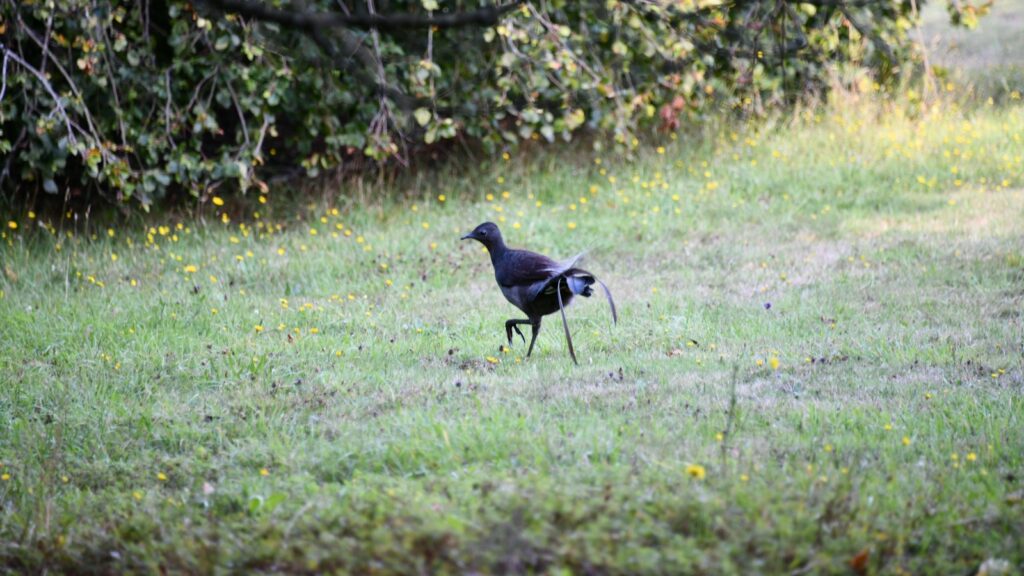
The development of a lyrebird’s vocal abilities follows a fascinating trajectory that combines both innate talent and learned behavior. Young lyrebirds begin practicing their mimicry skills from an early age, first mastering the species’ own natural calls before branching out to other sounds. Research suggests that lyrebirds spend considerable time deliberately practicing and refining their imitations, sometimes repeating a single sound hundreds of times until they achieve perfect replication. Unlike some other mimicking species, lyrebirds appear to retain sounds in their repertoire for years, even after the original sound source is no longer present in their environment. This learning process involves significant neural plasticity, with the birds’ brains forming complex patterns that allow them to store and reproduce an extensive library of acoustic memories with remarkable fidelity.
The Role of Mimicry in Mating Rituals
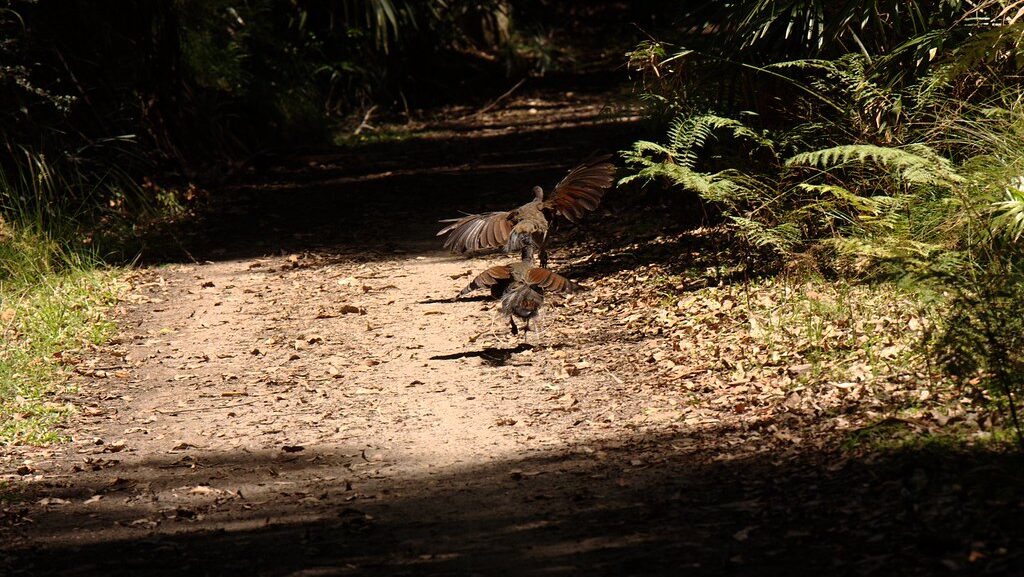
For male lyrebirds, vocal mimicry serves as a crucial component of their elaborate courtship displays. During breeding season, males clear small performance areas on the forest floor, where they sing for hours while performing intricate dance routines with their spectacular lyre-shaped tails fanned out above their heads. The most accomplished mimics generally attract more female attention, suggesting that vocal prowess serves as an honest indicator of male quality and fitness. Researchers have observed that males with the largest repertoires and most accurate imitations typically achieve greater mating success. Interestingly, males will strategically incorporate their most impressive vocal performances into their displays, often saving their most complex and accurate mimicry for key moments when females are present, demonstrating a sophisticated understanding of how to showcase their talents for maximum effect.
Famous Lyrebird Performers Throughout History
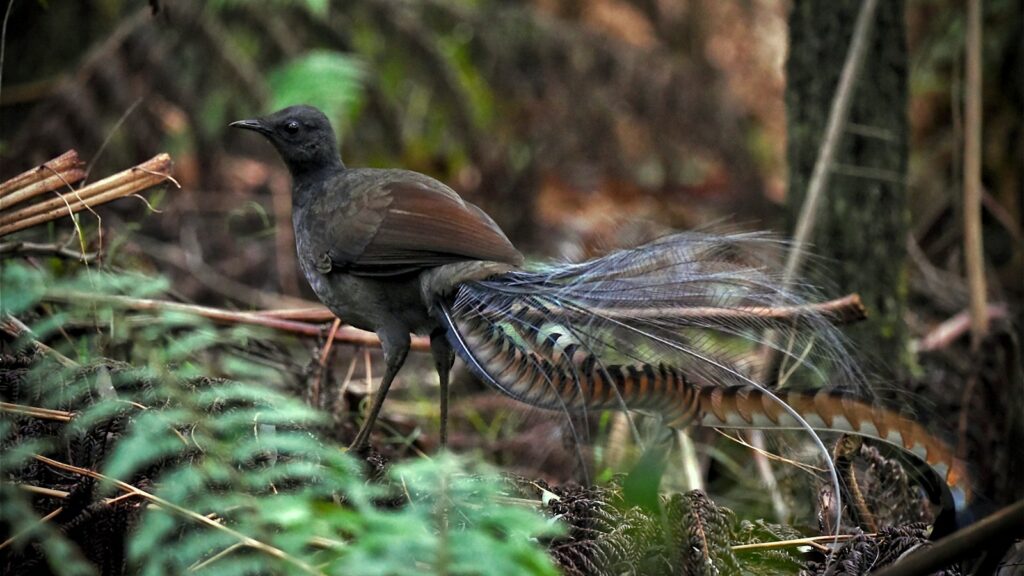
Several individual lyrebirds have achieved celebrity status due to their exceptional mimicry abilities. Perhaps most famous was “James,” a lyrebird at Australia’s Adelaide Zoo who could perfectly imitate the sounds of construction work that had taken place near his enclosure years earlier, despite no longer being exposed to those noises. Another renowned mimic was “Chook,” a wild lyrebird in New South Wales whose remarkable repertoire included perfect renditions of over 20 different species of birds, along with camera shutters, car alarms, and even human speech. More recently, a lyrebird named “Echo” at Taronga Zoo gained international attention when videos of his imitations of a crying baby and emergency sirens went viral online. These exceptional individuals demonstrate the extraordinary ceiling of mimicry potential in the species and have helped bring worldwide attention to these remarkable Australian birds.
Scientific Research on Lyrebird Vocal Capabilities
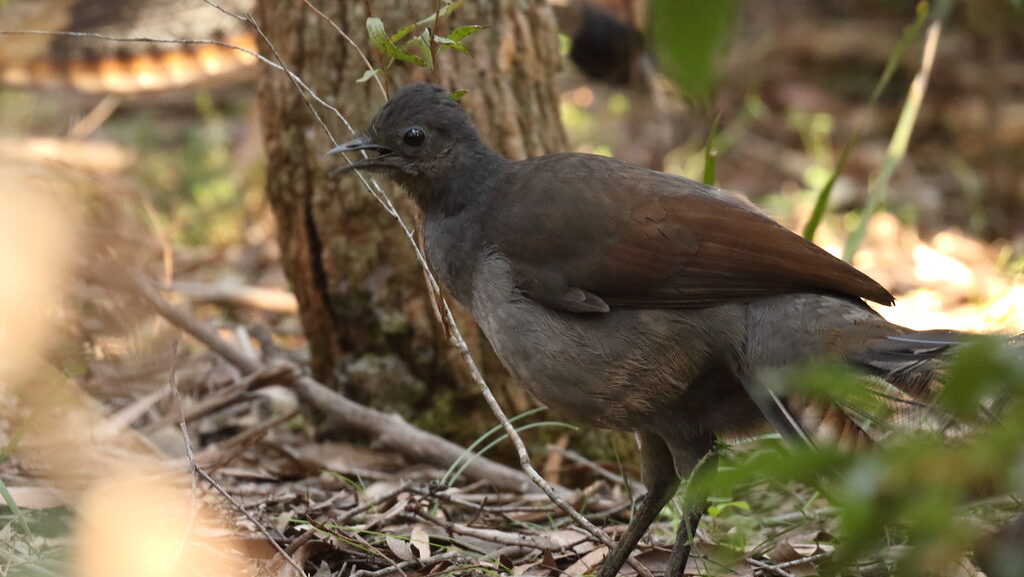
Scientists studying lyrebird vocalizations have made remarkable discoveries about the cognitive and physical mechanisms behind their mimicry abilities. Neurobiological research has revealed specialized brain regions in lyrebirds that are proportionally larger than in other birds, dedicated to sound processing, memory, and vocal production. Acoustic analysis using sophisticated spectrograms has demonstrated that lyrebird imitations often achieve over 90% similarity to original sounds across multiple acoustic parameters—a level of accuracy unmatched in other mimicking species. Recent studies using motion-capture technology have also shown that lyrebirds can precisely control the rhythm and tempo of their vocalizations, allowing them to recreate complex sequential patterns in mechanical sounds. Ongoing research continues to explore questions about how lyrebirds distinguish between sounds worth mimicking and those they ignore, suggesting sophisticated auditory discrimination abilities that we’re only beginning to understand.
The David Attenborough Effect: Lyrebirds in Popular Culture
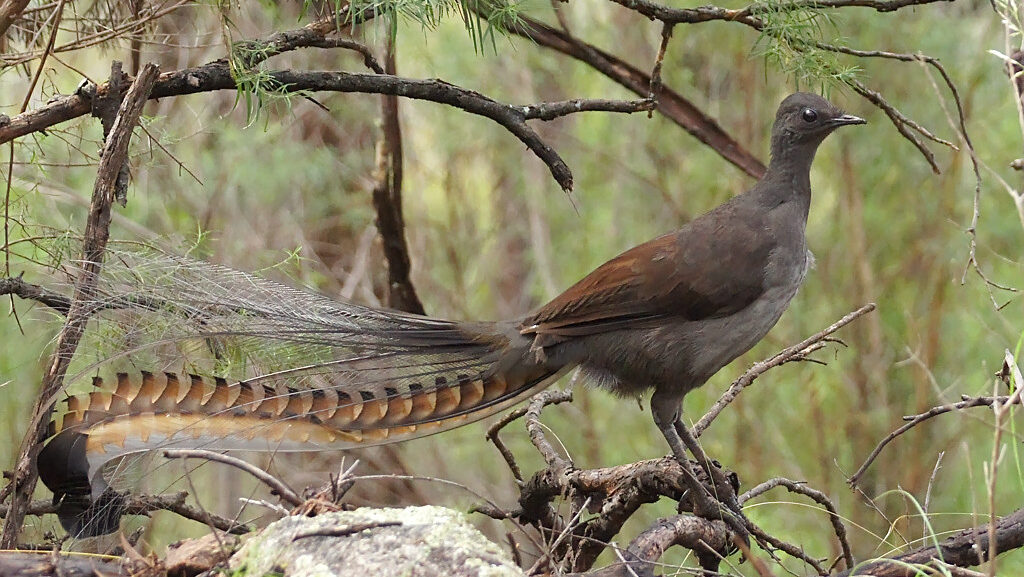
No discussion of lyrebird mimicry would be complete without acknowledging the tremendous influence of Sir David Attenborough’s famous BBC documentary segments featuring these remarkable birds. His 1998 “The Life of Birds” series contained what became arguably the most famous wildlife footage ever captured of lyrebird mimicry, showing a bird perfectly reproducing camera shutters, car alarms, and chainsaw noises. This sequence introduced millions of viewers worldwide to the lyrebird’s extraordinary abilities and has since been viewed tens of millions of times online. The cultural impact of this footage cannot be overstated—it transformed the lyrebird from an obscure Australian species into an international symbol of natural wonder. Subsequent Attenborough documentaries have revisited the lyrebird, each time capturing ever more impressive examples of their mimicry that continue to astonish new generations of viewers.
Distinguishing Between Real and Exaggerated Abilities
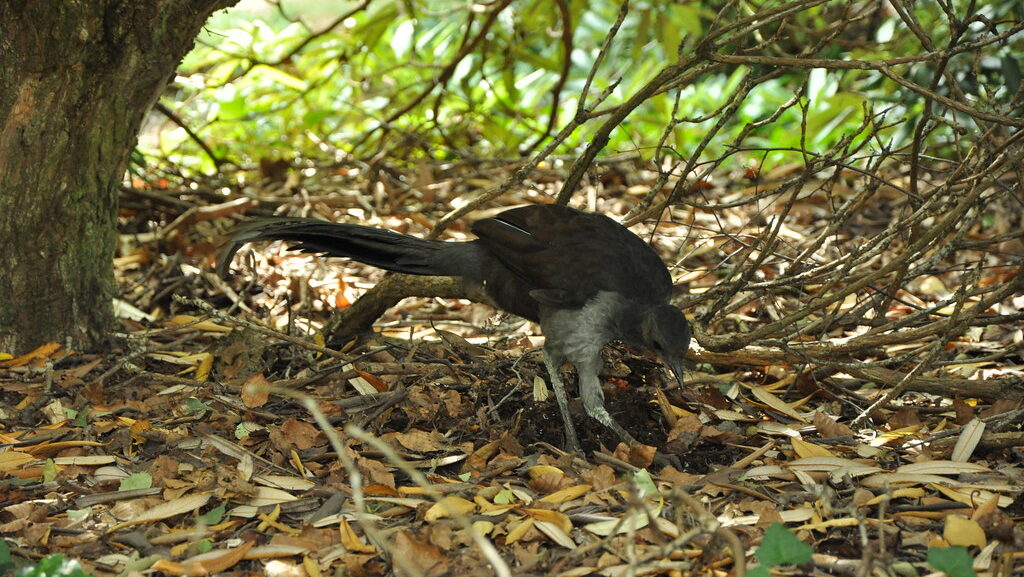
While the lyrebird’s mimicry abilities are genuinely extraordinary, it’s important to separate scientific fact from occasional exaggeration in popular accounts. Some viral videos purporting to show lyrebirds mimicking complete songs or extended human speech have been revealed as hoaxes or misattributions. Authentic lyrebird mimicry, while astonishing, typically consists of shorter sound segments rather than extended complex sequences like complete musical compositions. Scientific documentation confirms their ability to mimic mechanical sounds like chainsaws and camera shutters with remarkable accuracy, but claims of perfect human speech reproduction remain largely anecdotal and unverified. Ornithologists studying lyrebirds emphasize that the authenticated abilities of these birds are extraordinary enough without embellishment, and careful scientific observation continues to document the true extent of their remarkable vocal talents.
Conservation Challenges and Habitat Threats

Despite their vocal adaptability, lyrebirds face significant conservation challenges that threaten their long-term survival. Habitat destruction through logging and development continues to fragment the dense forest undergrowth these birds require for nesting and foraging. The increasing frequency and intensity of bushfires in Australia poses a particularly serious threat, with the catastrophic 2019-2020 fire season destroying significant portions of lyrebird habitat. Introduced predators such as foxes and feral cats target both adult birds and their vulnerable ground nests, while domestic dogs off-leash in national parks can disturb breeding activities. Conservation efforts focus on habitat protection, predator control programs, and raising public awareness about the importance of preserving these iconic birds. Some researchers worry that habitat degradation could impact the cultural transmission of mimicry skills between generations, potentially leading to a decline in the diversity and complexity of mimicked sounds.
How to Observe Lyrebird Mimicry in the Wild
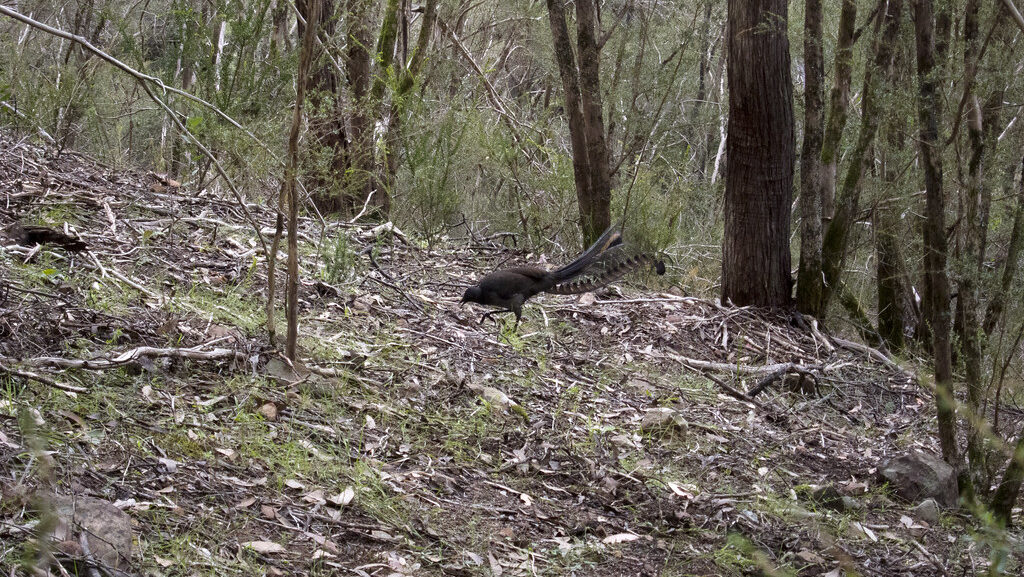
For those hoping to witness lyrebird mimicry firsthand, several key locations offer good opportunities while respecting these sensitive birds. The Blue Mountains National Park and Dandenong Ranges near Melbourne provide accessible habitat where patient observers may encounter wild lyrebirds, particularly during the winter breeding season when males are most vocal. Early morning visits offer the best chances, as males typically perform their most elaborate displays at dawn. Moving slowly and quietly is essential, as lyrebirds are naturally shy and will quickly retreat if they sense human presence. Many successful observers recommend finding a comfortable spot to sit silently for at least an hour, allowing the birds to resume their natural behaviors. Several well-managed wildlife sanctuaries like Healesville in Victoria also maintain lyrebird enclosures where visitors can observe these remarkable birds in naturalistic settings with greater reliability.
The Evolutionary Advantage of Exceptional Mimicry
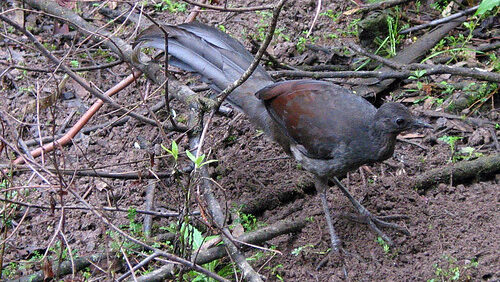
Evolutionary biologists have proposed several theories to explain why lyrebirds developed such extraordinary mimicry abilities beyond what would seem necessary for survival. The most widely accepted explanation centers on sexual selection, where female preference for complex vocalizations has driven the progressive enhancement of male mimicry skills over thousands of generations. Some researchers suggest that mimicry may also provide ecological advantages by allowing lyrebirds to manipulate their acoustic environment—for instance, mimicking predator calls might temporarily clear an area of competitors. Another hypothesis suggests that maintaining a large and diverse vocal repertoire serves as an honest signal of cognitive development and overall health, helping females identify the most genetically fit males. The continued refinement of these abilities represents one of the most dramatic examples of sexual selection producing seemingly excessive traits that push the boundaries of biological capability.
The Future of Lyrebird Research and Protection
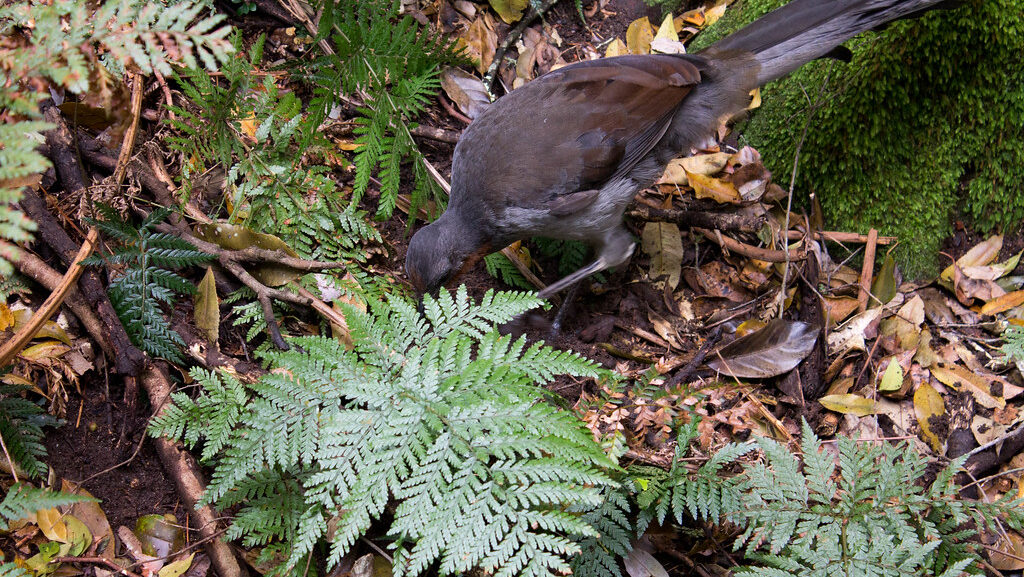
Looking ahead, several promising developments suggest a continued deepening of our understanding and appreciation of lyrebird mimicry. Advanced recording technologies are enabling researchers to create comprehensive soundscape maps of lyrebird territories, documenting the full range of their mimetic abilities with unprecedented detail. Citizen science initiatives invite bushwalkers and bird enthusiasts to contribute their observations through smartphone recordings, helping scientists track changes in mimicry patterns across different regions and over time. Conservation genetics research is examining the population structure of both lyrebird species to ensure appropriate protection strategies, while habitat restoration projects aim to reconnect fragmented forests. As knowledge of these extraordinary birds continues to expand, so too does public support for their protection, offering hope that future generations will continue to marvel at what might indeed be the most remarkable mimicry abilities in the animal kingdom.
Conclusion
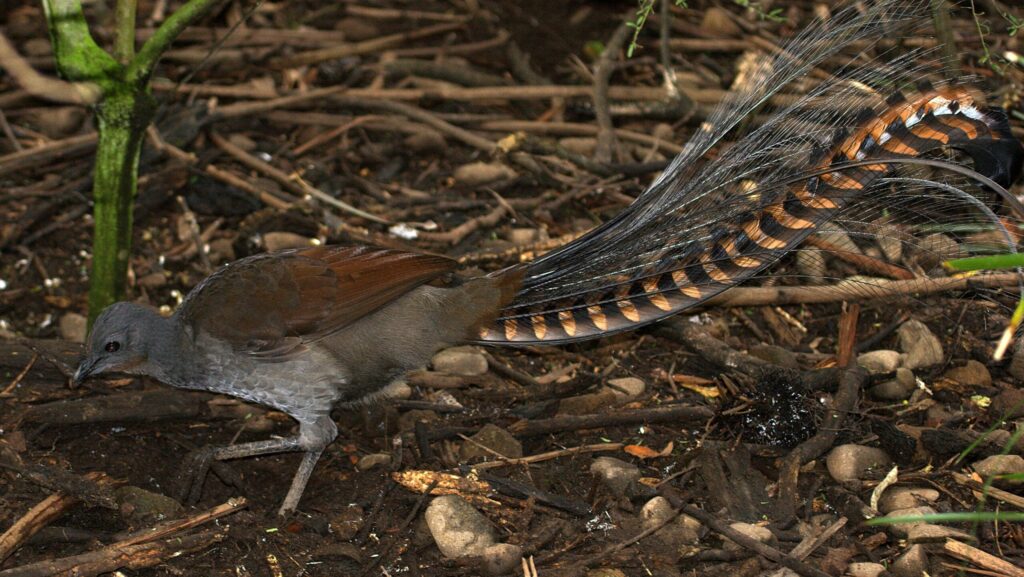
The lyrebird stands as a testament to the extraordinary capabilities that can evolve through natural selection. Their unparalleled mimicry skills—reproducing everything from other birds’ songs to chainsaws with stunning accuracy—remind us of the wonders still present in our natural world. As we continue to study and protect these remarkable birds, we gain not only scientific knowledge but also a deeper appreciation for the complex and surprising ways intelligence and adaptation manifest in nature. Whether experienced through documentary footage or a lucky personal encounter in an Australian forest, lyrebird mimicry offers a powerful reminder of the astonishing diversity of animal communication and the unexpected marvels that evolution can produce.
